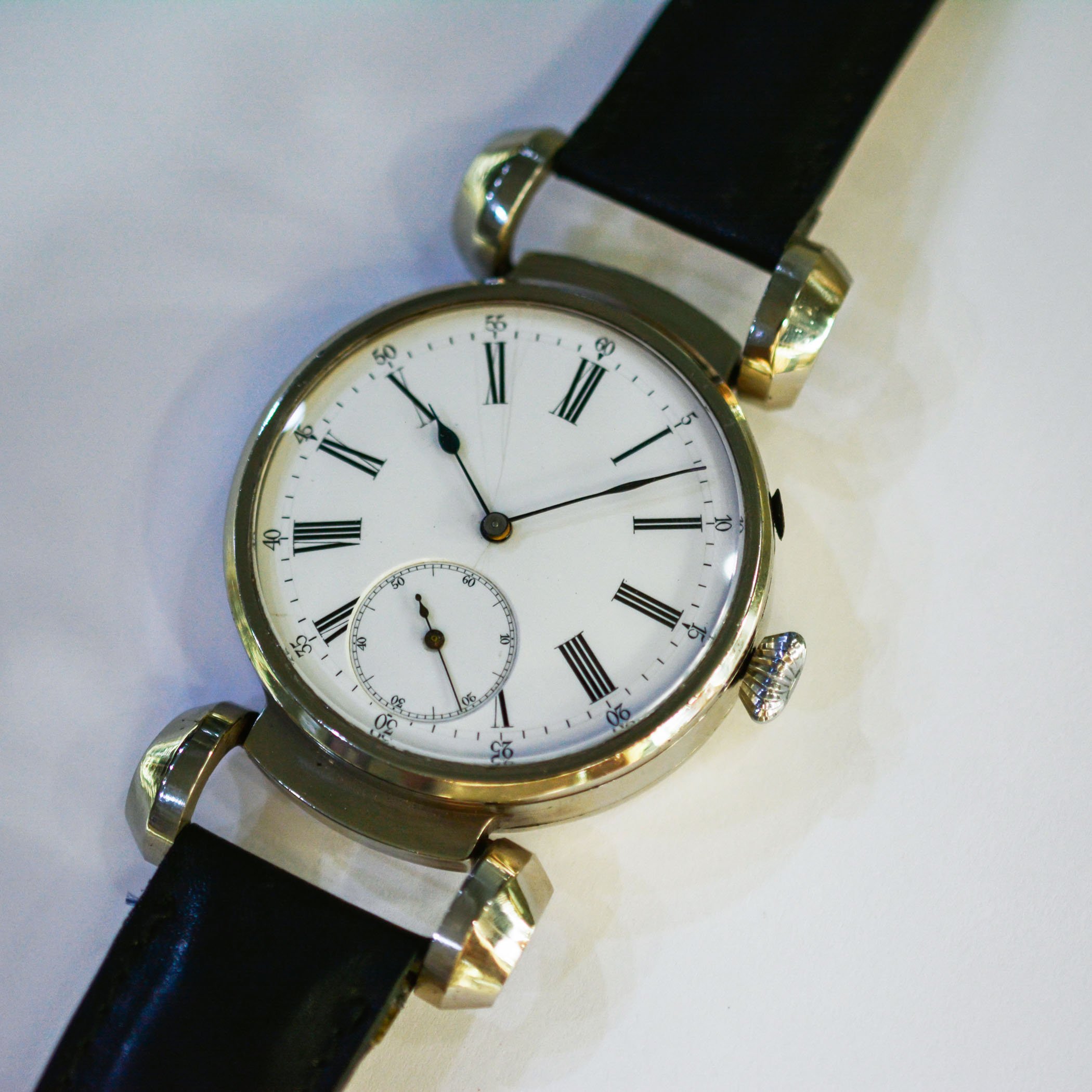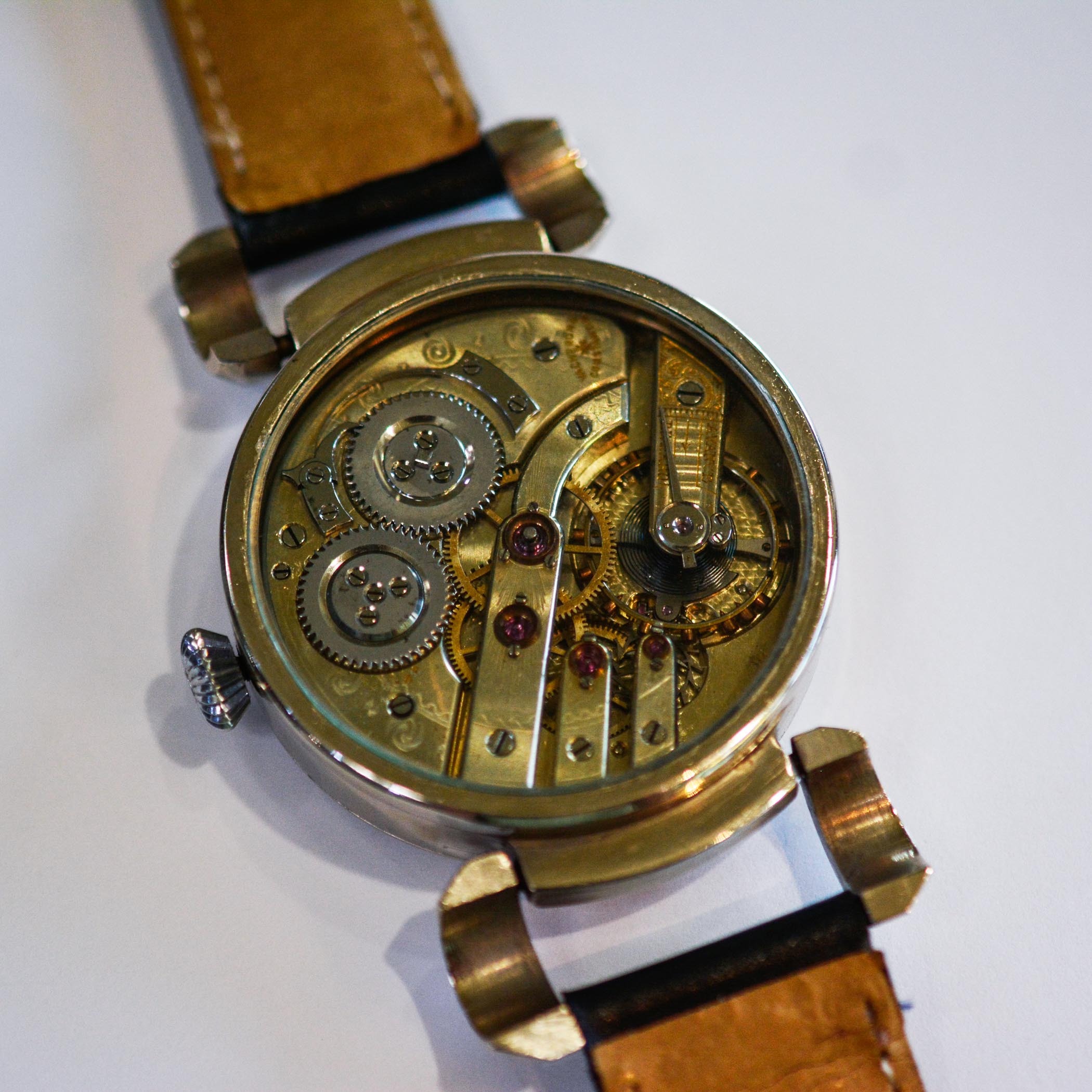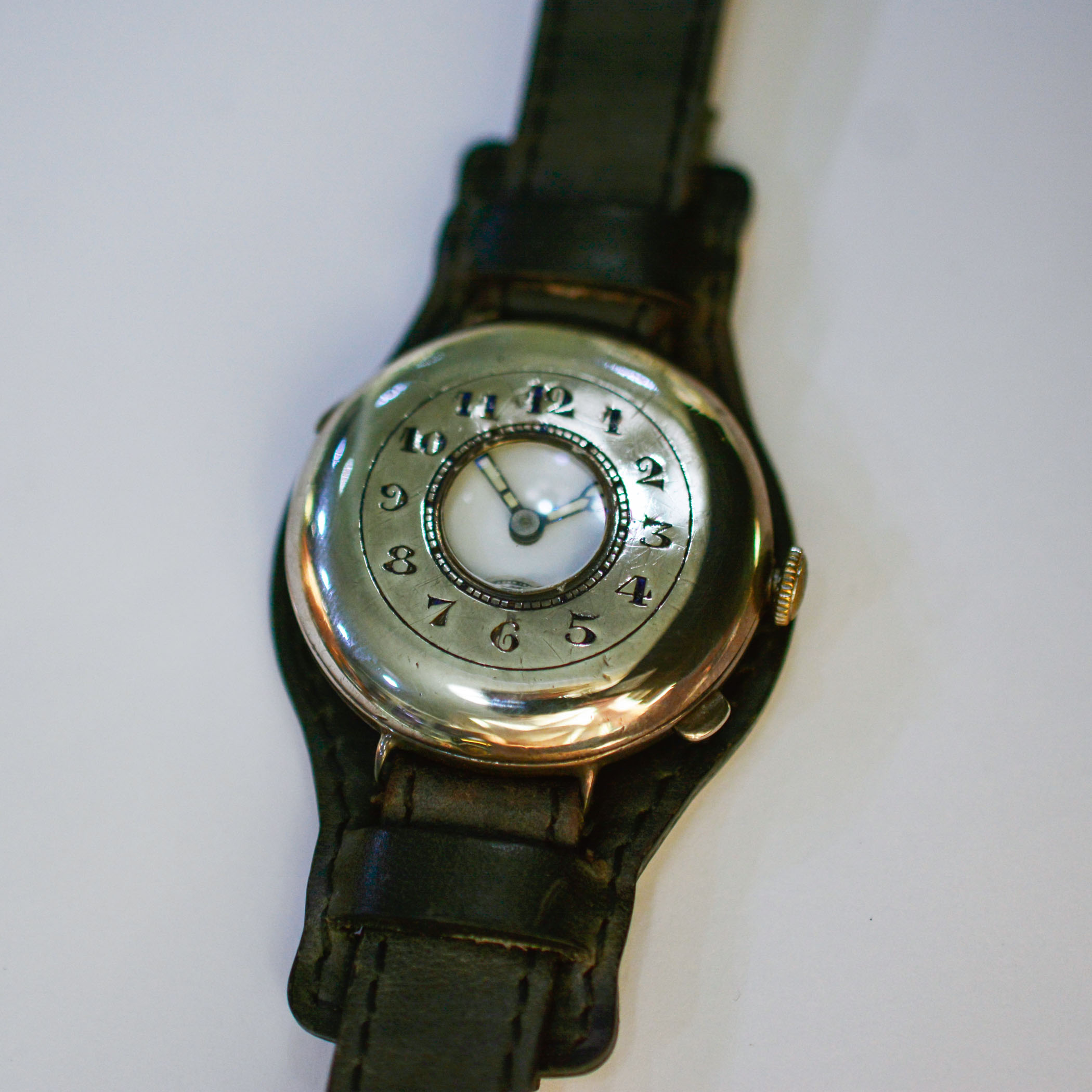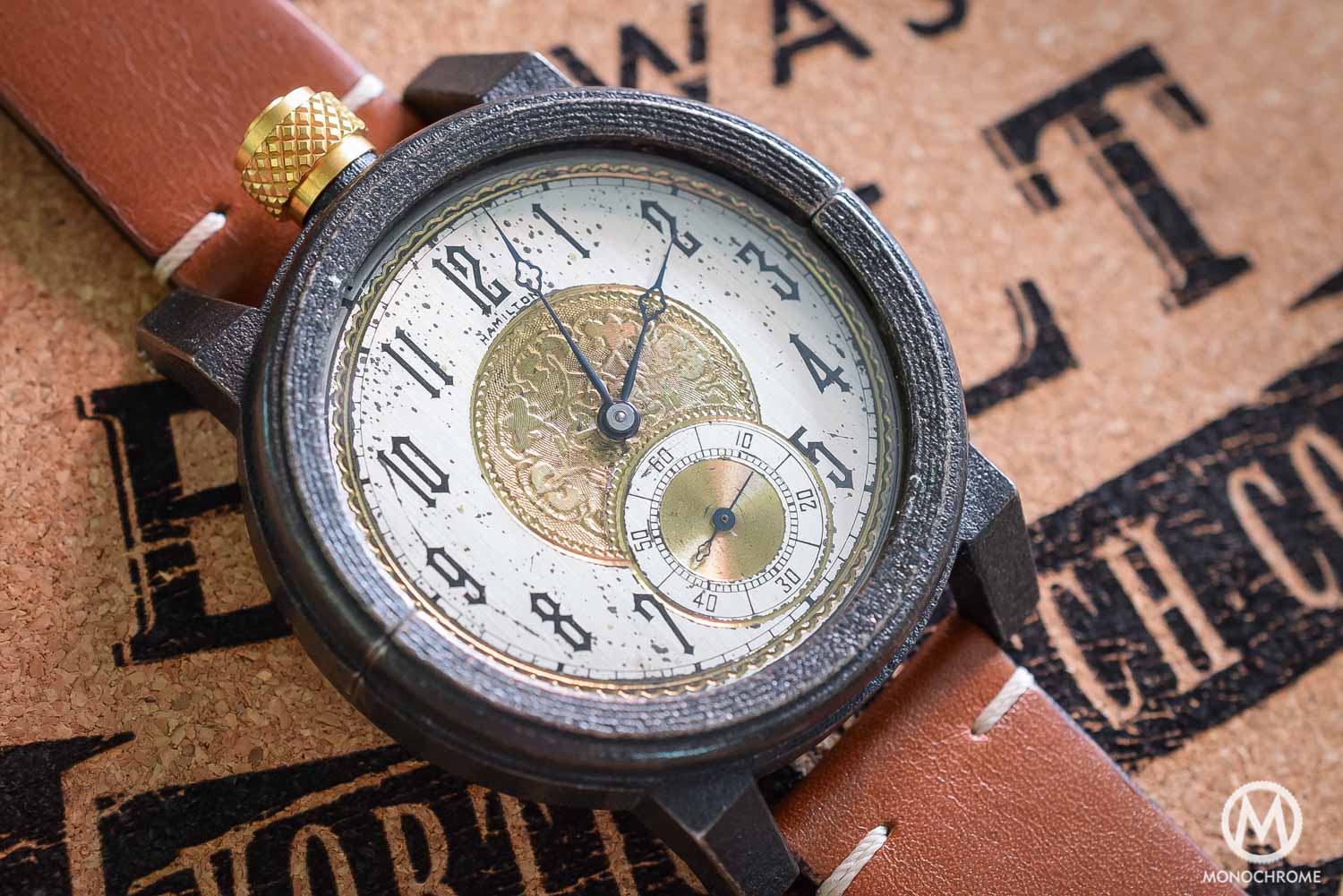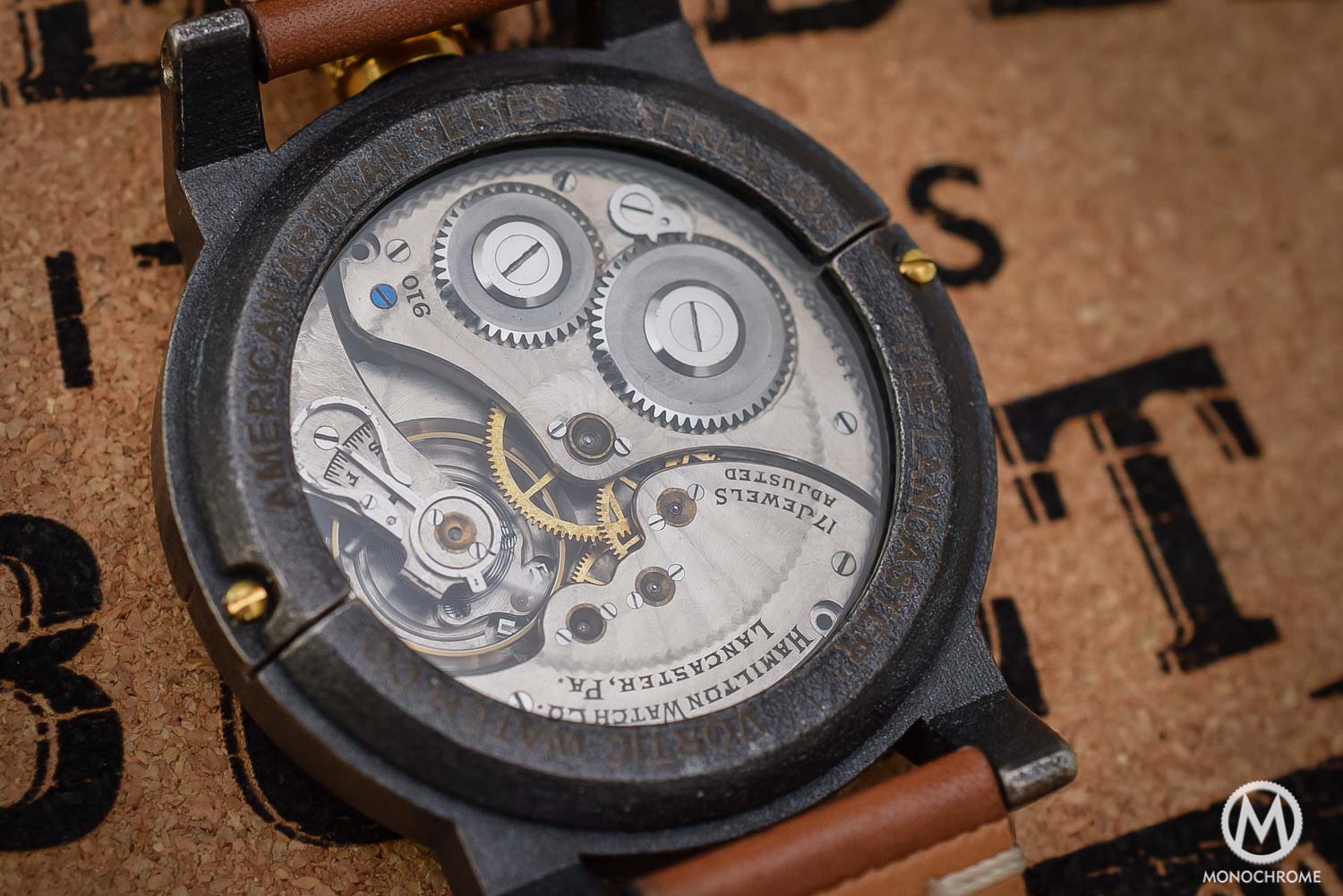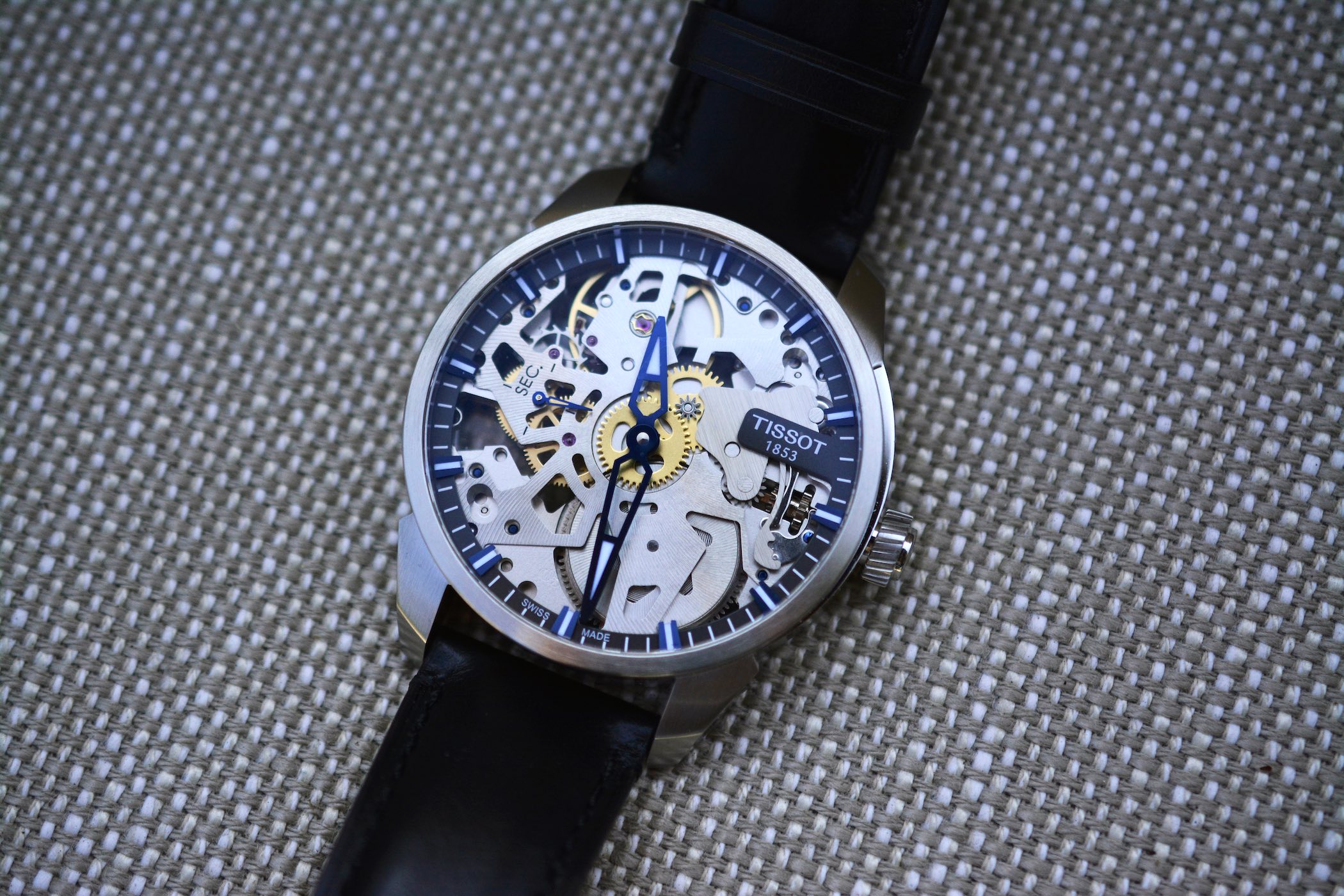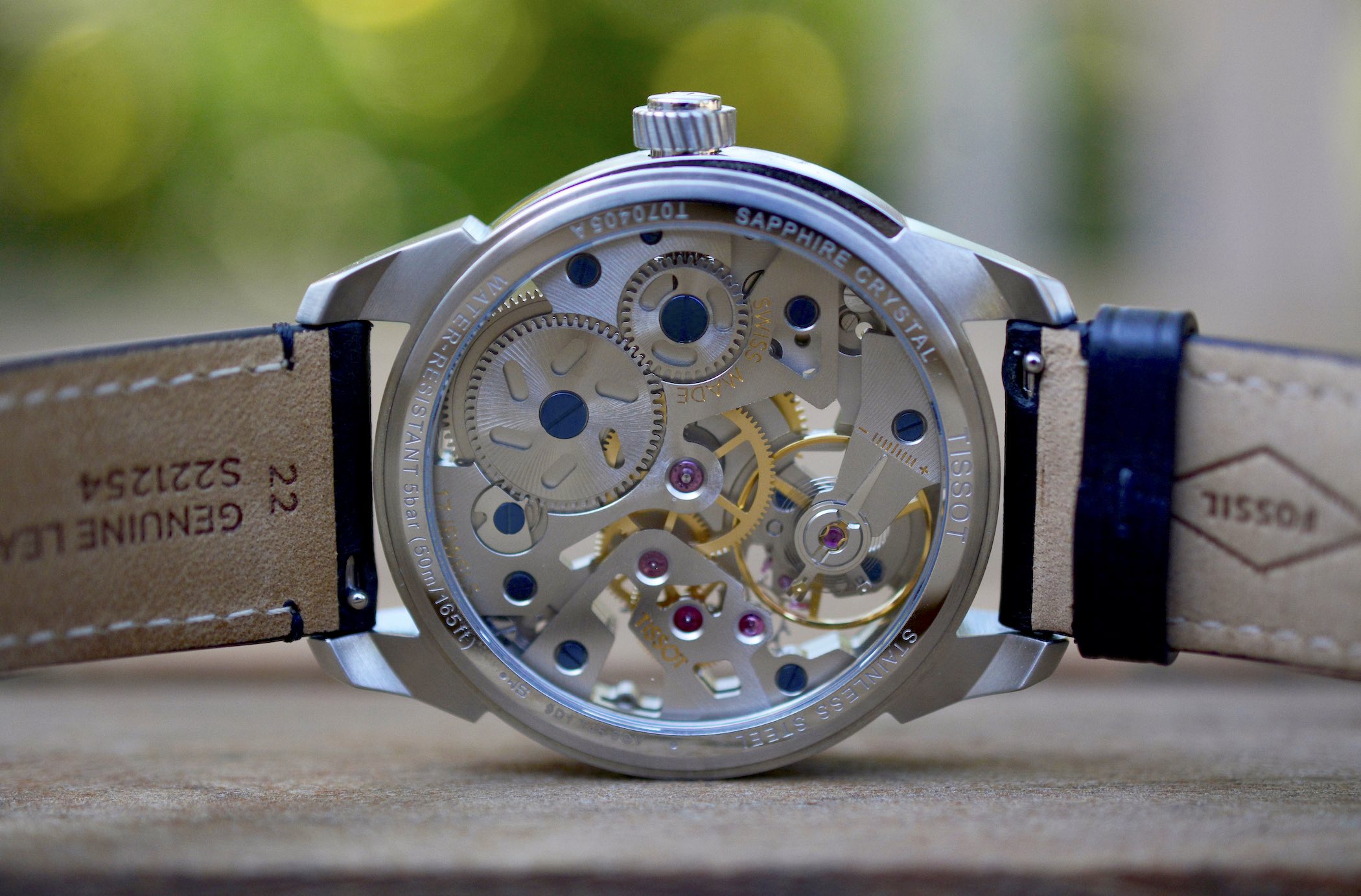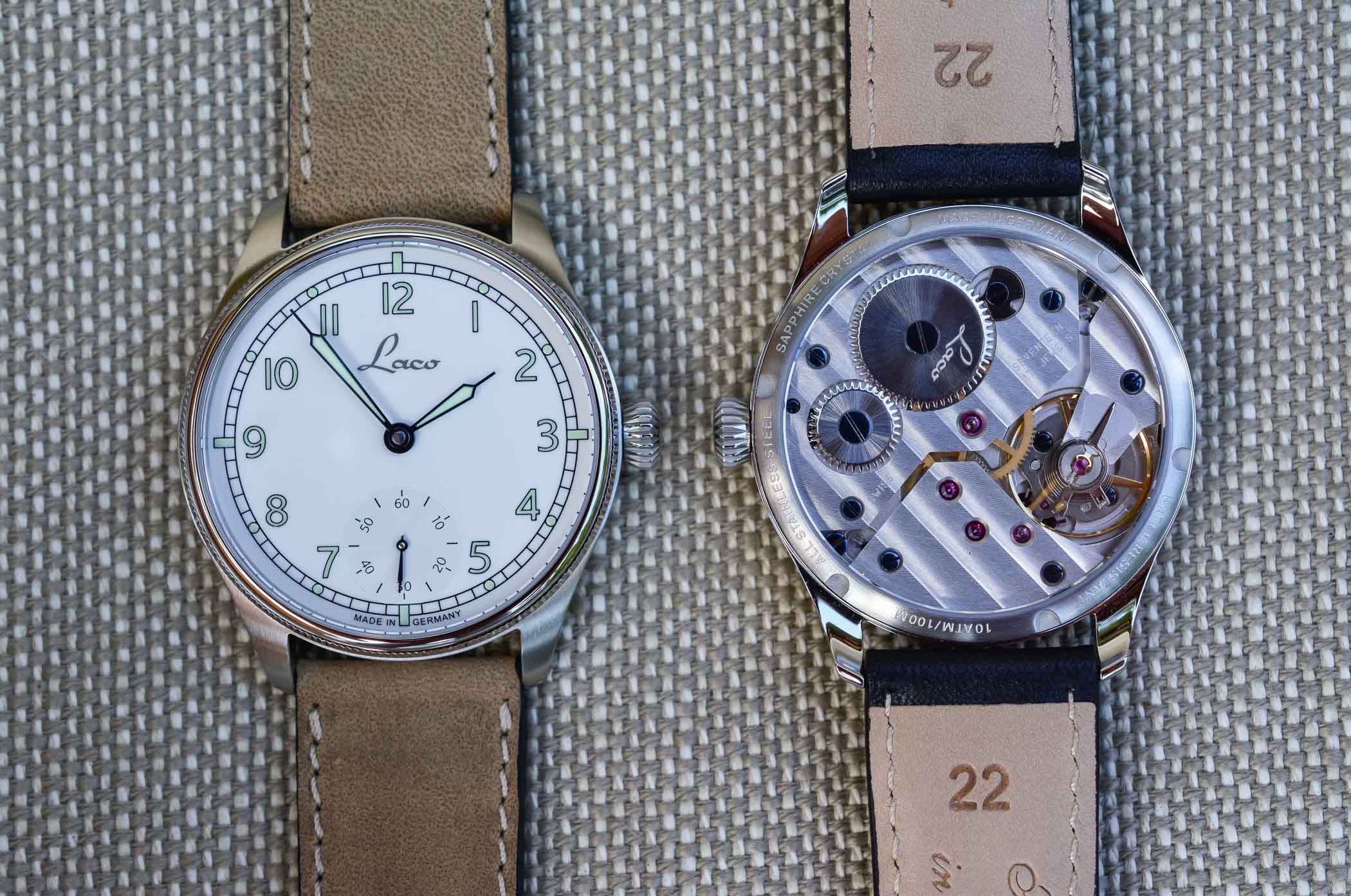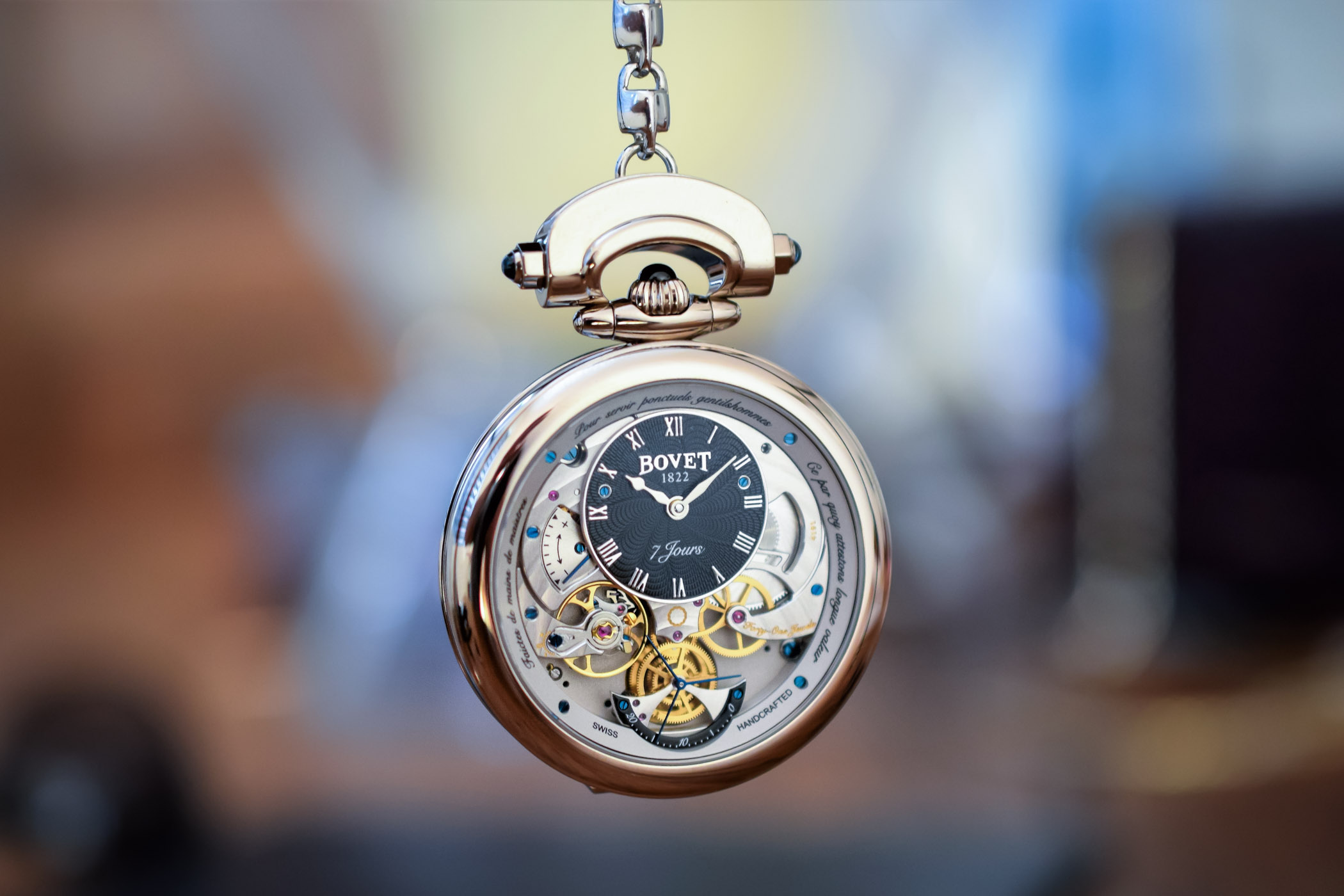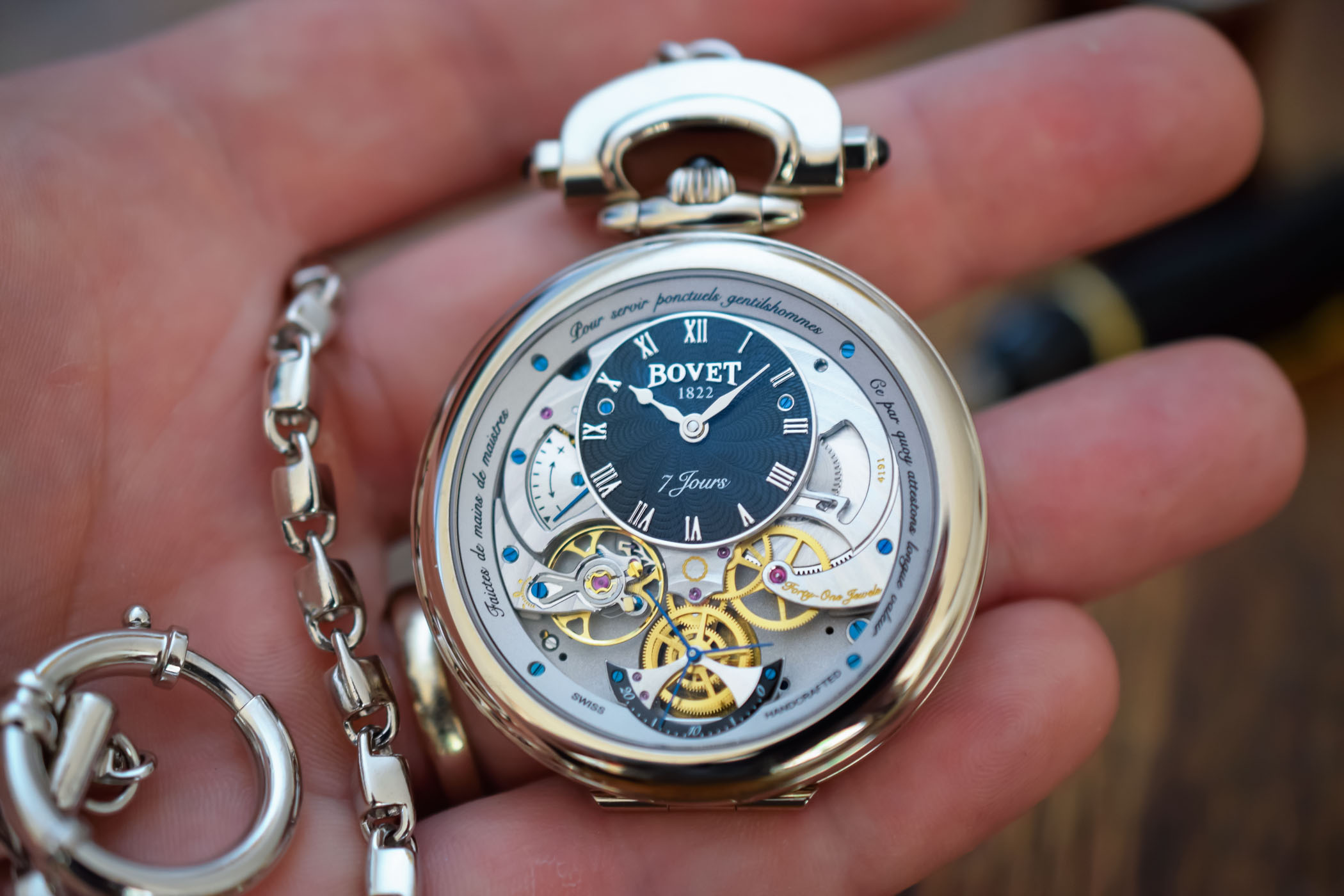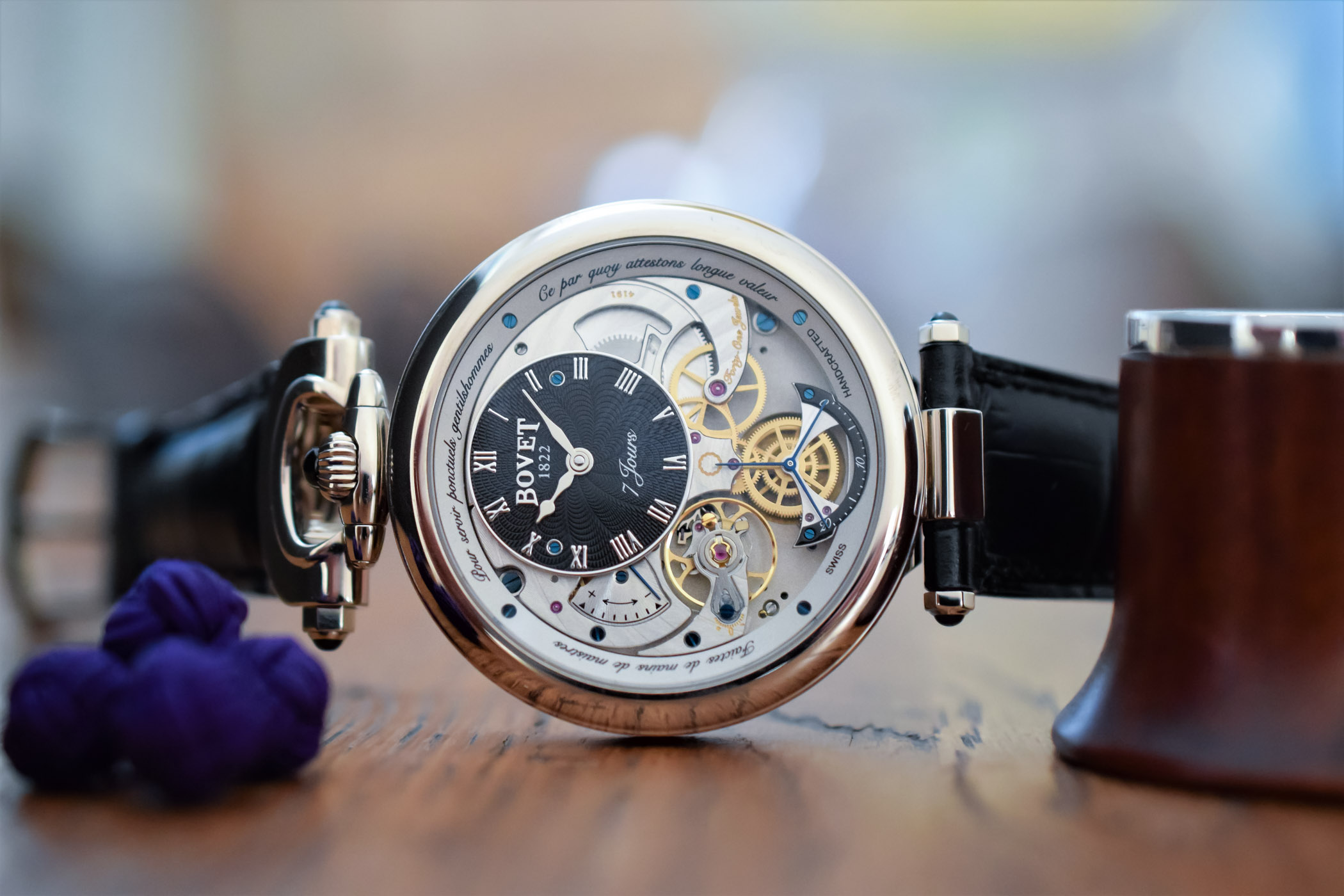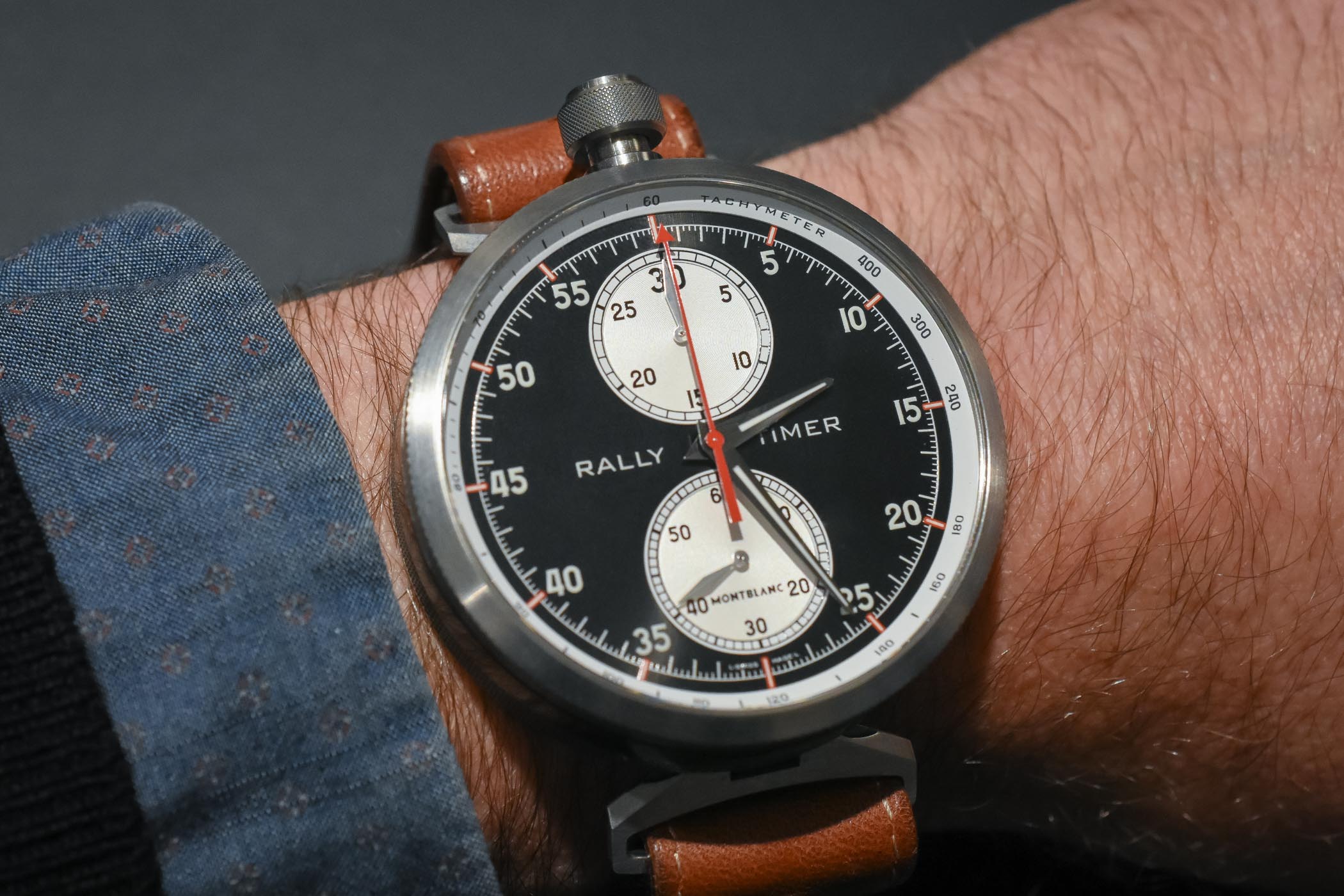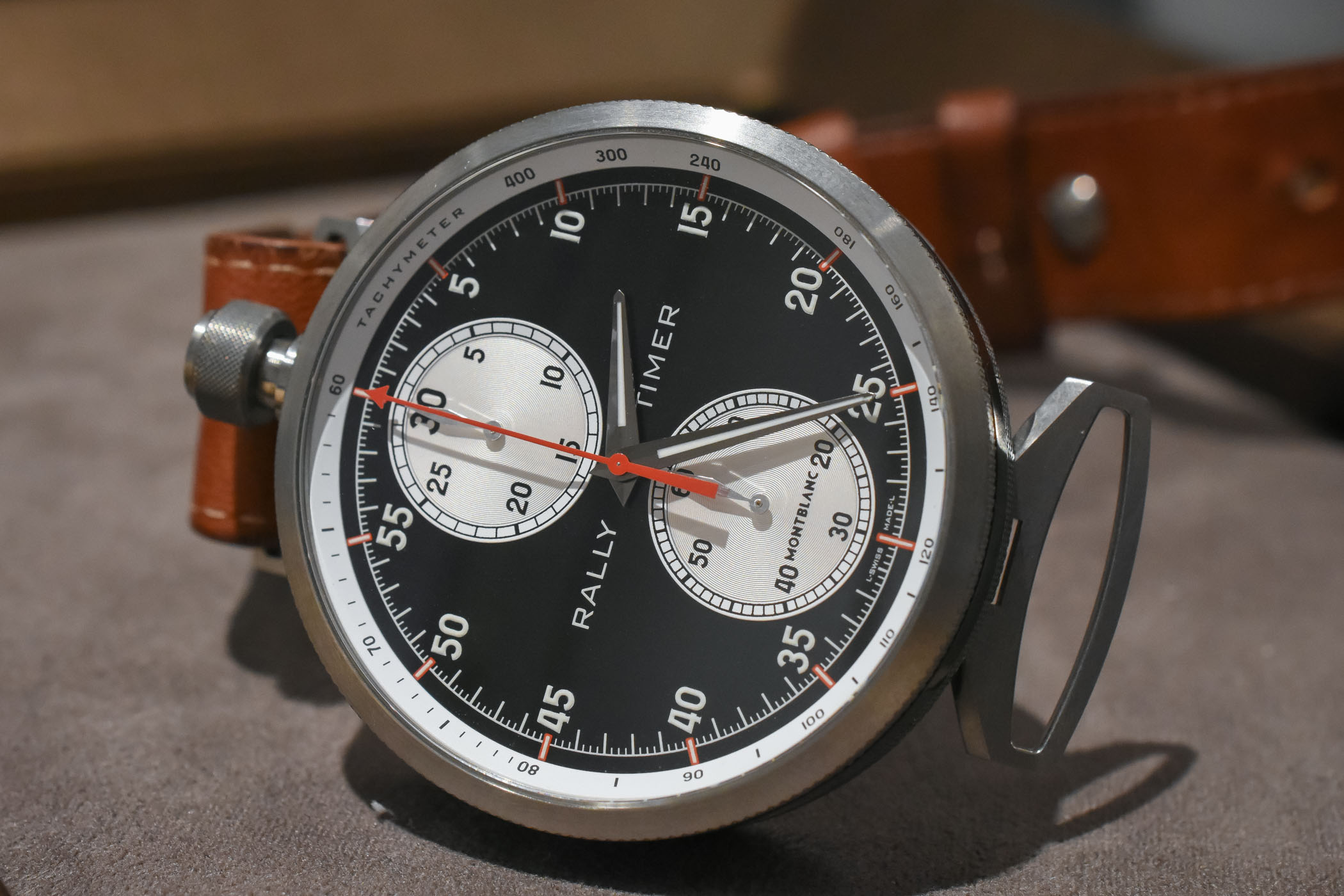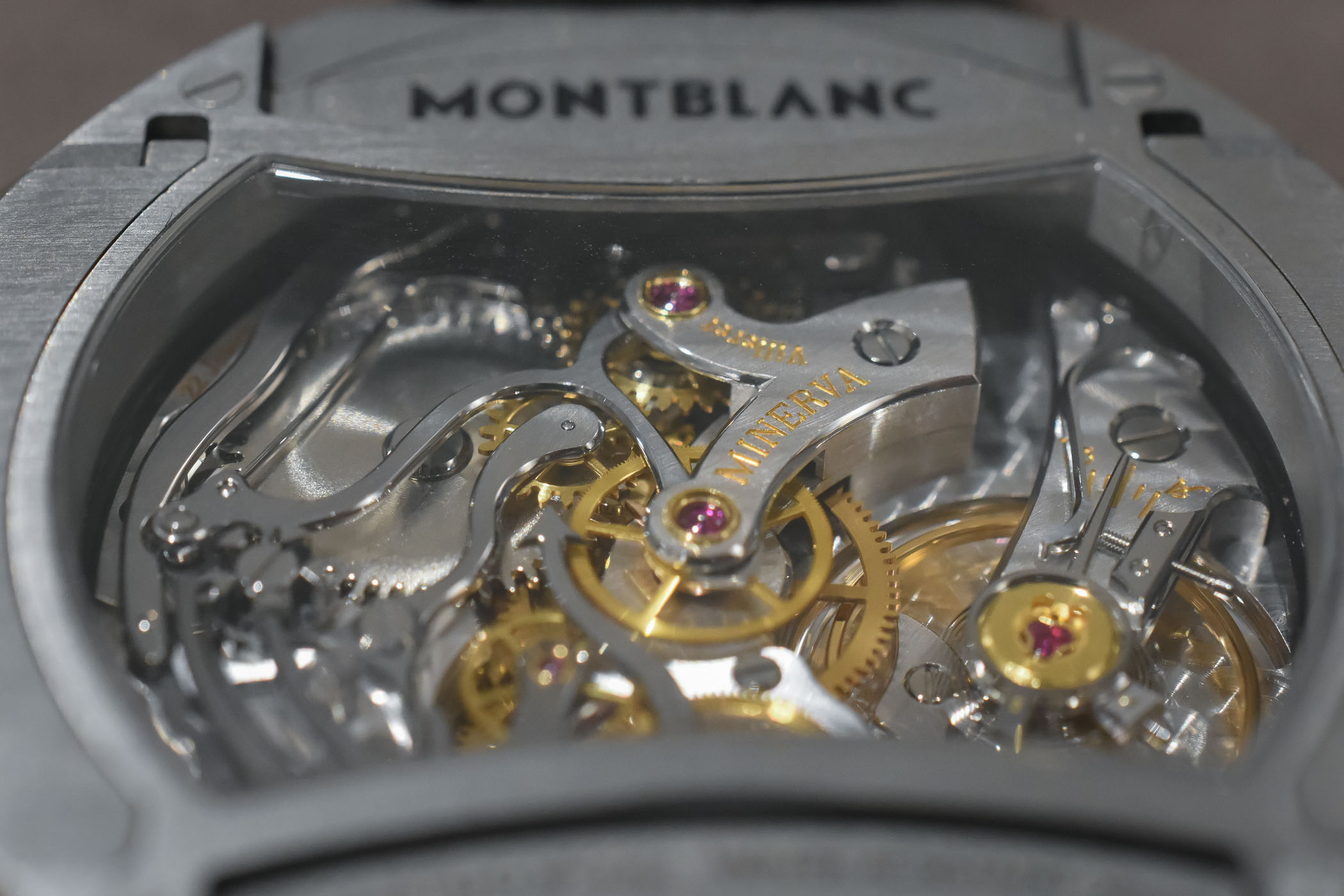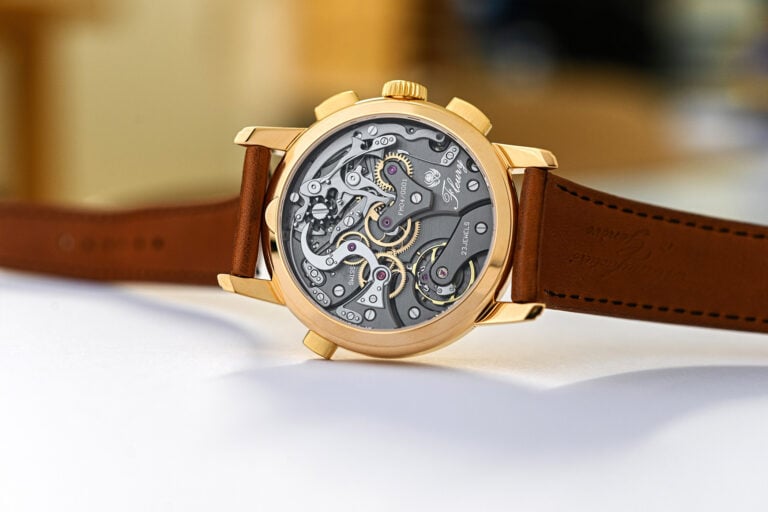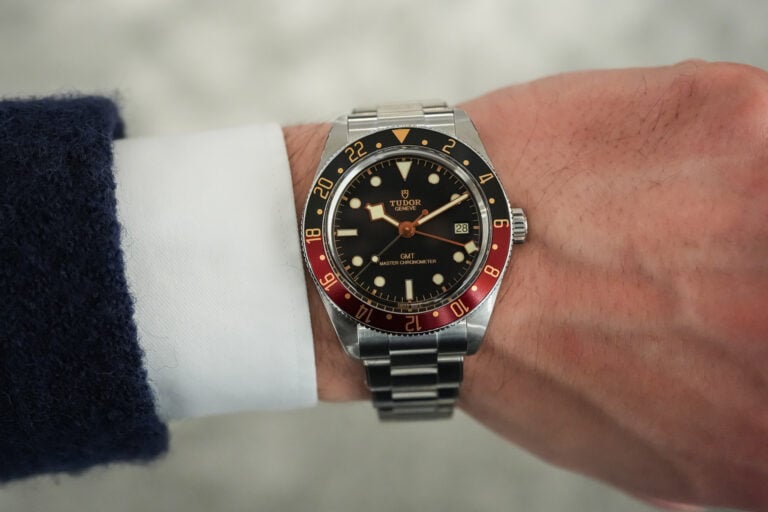The Merging of Pocket Watches and Wristwatches – Conversions, Design Influences and Hybrids Maintain a Common DNA
Or how the pocket watch still finds its way into contemporary watchmaking.
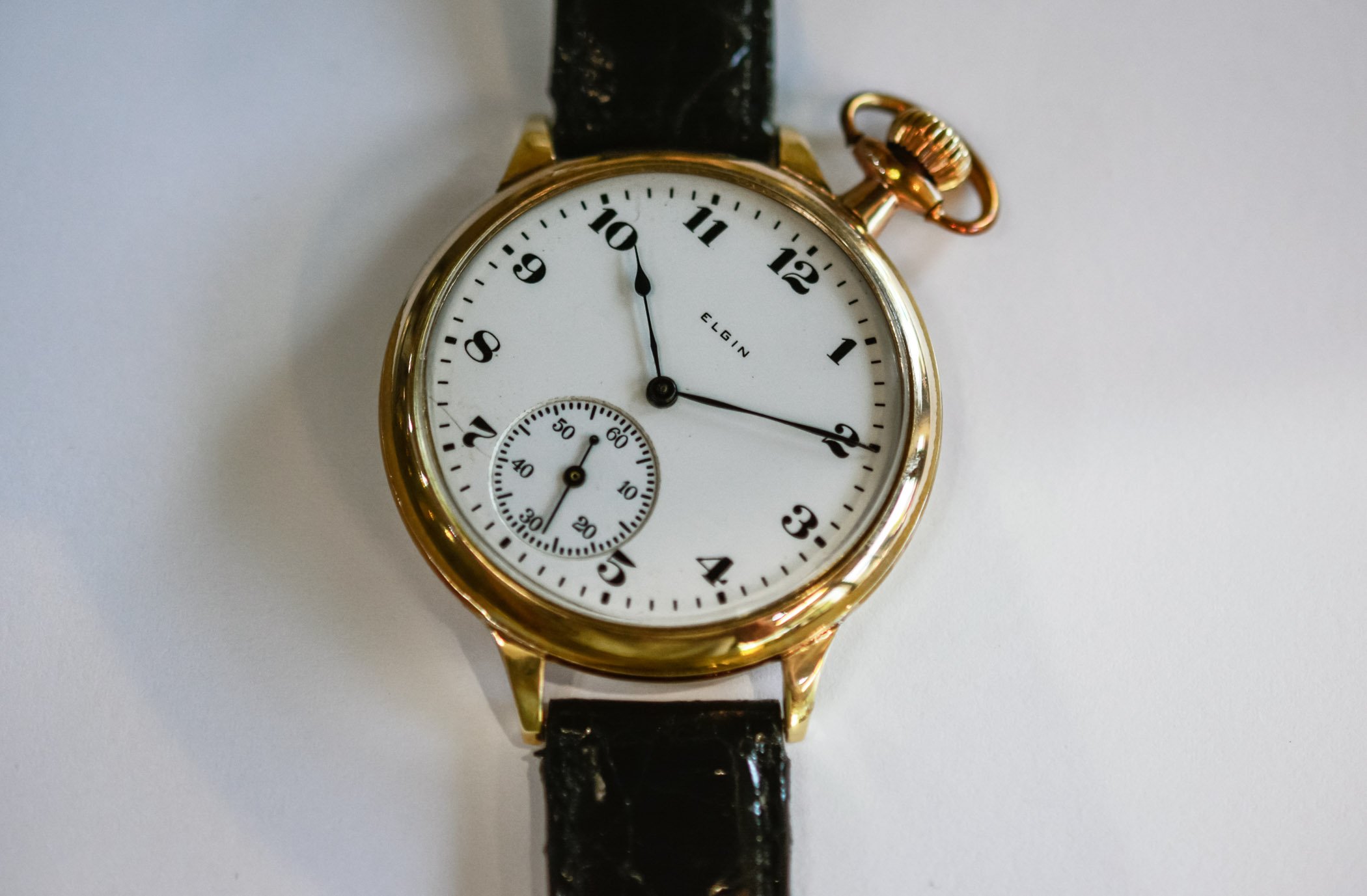
Upgrading expensive mechanical devices is a centuries-old concept that prevents premature obsolescence as times change. In the American Wild West of the 19th century, black powder revolvers were commonly converted to shoot modern cartridges, forgoing the need to replace a vital necessity. Cameras are another example, such as early 20th-century screw-mount Leica rangefinders. The original fixed-lens Model A was often converted to interchangeable lens models, such as the I C/O Standard Mount or model IIIa. Products like these were designed to last decades or even a century, so modification at a fraction of the cost of replacement made perfect sense, not to mention the preservation of coveted possessions. The same applies to timepieces and pocket watches that have merged with wristwatches in many interesting ways. Following our previous post, answering the difficult question “Is there still a place for pocket watches in the 21st century?“, we now look at the more modern side of things, or how the pocket watch still finds its way into contemporary watchmaking.
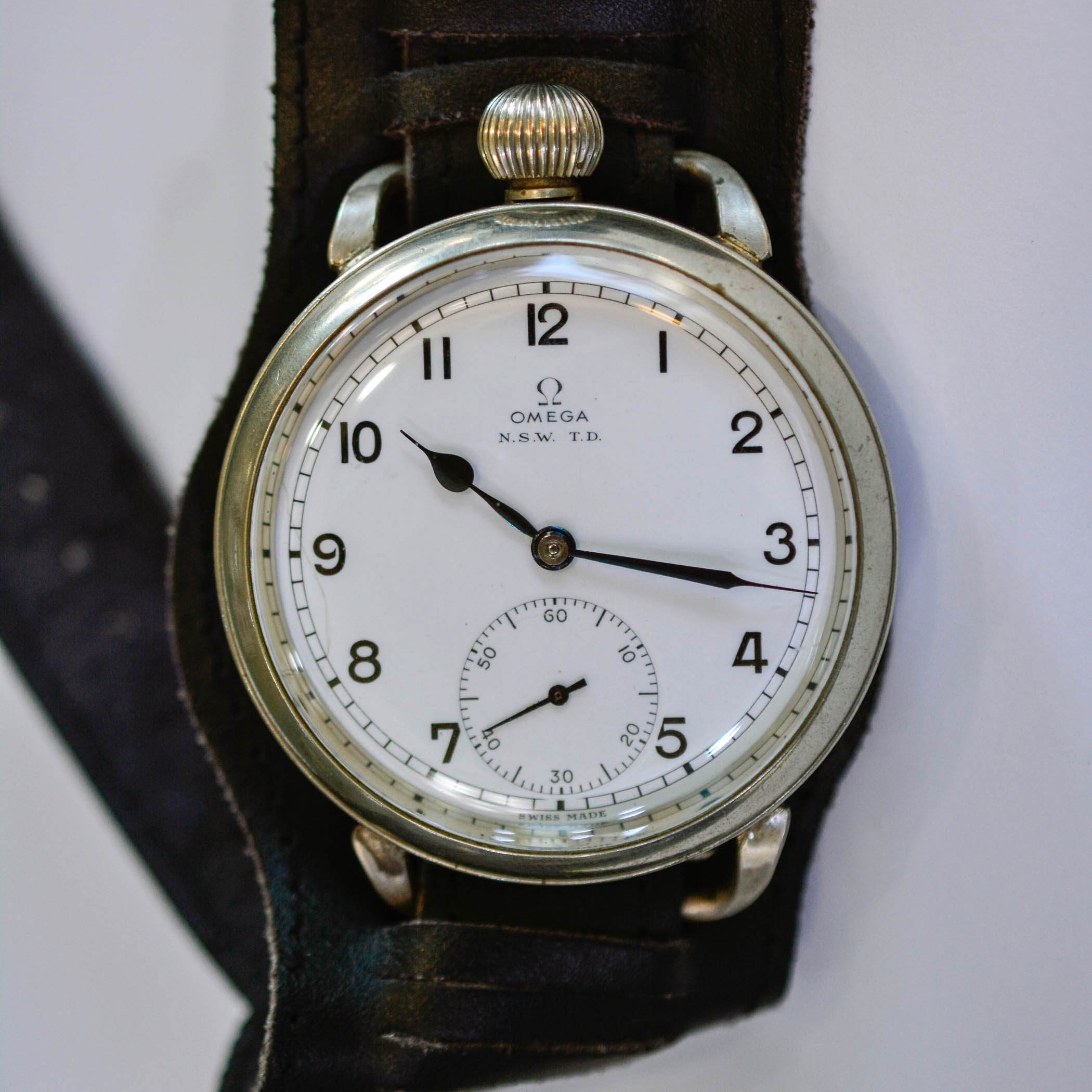
20th Century Evolution
World War I jumpstarted the shift from pocket to the wrist as soldiers needed a “hands-free” timepiece in combat conditions. The resulting trench watches (or wristlets) were among the first mass-produced men’s wristwatches and soon trickled down to civilian life, eliminating the stigma of wristwatches being a women’s accessory. Although the inevitable decline of pocket watches had begun, they were often expensive, prized possessions. Heirlooms, in fact. Many owners just couldn’t relegate a thing of such value to a dusty drawer, while manufacturers and retailers scrambled to keep production models relevant. What to do? Well, weld some lugs to the case and attach a strap, and voilà. Many early wristwatches were actually pocket watch conversions, existing alongside dedicated wristwatch manufacturing. It was a creative and experimental time as the industry was again evolving, and designs were all over the map.
A perfect example is the present Elgin pocket watch conversion from 1912, with lugs welded to the otherwise unmodified piece. The watch wears at an angle as the large crown at noon would interfere with the strap – it’s quite literally a pocket watch with lugs and a strap. Some aren’t so blatant, however, with more of an attempt to meld into a wristwatch. An IWC pocket watch conversion from 1927 replaces the case and dial and rotates the movement to bring the crown to a 3 o’clock position and sub-dial seconds from 6 to 9 o’clock. This is the other extreme, creating an unrecognizable new wristwatch via heavy modification, leaving the movement as the only core element of the original pocket watch (the hands are often original as well in these cases).

Somewhere in the middle is a piece like this Vacheron Constantin conversion from 1908, featuring the original movement, enamel dial and hands in a new stainless steel case. Oversized, oscillating lugs add to the grandeur of this 50mm beast, which pushes the limit of an acceptable wristwatch size. Beyond that 50mm diameter threshold, a pocket watch should arguably remain in the pocket.
Many early wristwatches maintained pocket watch design elements, such as a hunter or even double-hunter case to protect the dial and allow quick access to the movement. They were produced as dedicated wristwatches, but the influence of the centuries-old pocket watch was hard to shake. Trench watches, however, often had hunter cases to protect the crystal from the rigours of war. Many lids had cutouts or holes to reveal the time underneath, or were simply a see-through metal cage. As the war came to an end and civilians wholly embraced the wristwatch, the contemporary open-face design soon dominated.
Modern Conversions
With the exploding popularity of vintage-inspired watches like the Longines Heritage Military 1938 and Seiko Prospex Diver 300m Hi-Beat SLA025, some companies are combining old, restored pocket watch movements with new wristwatch cases, while often preserving vintage dials and hands. Vortic Watch Company, based in Fort Collins, Colorado, specializes in reviving classic American pocket watch movements for bespoke wristwatches. Utilizing 3D printing and CNC tech, the company’s various metal cases can be quickly prototyped and customized, allowing for a cost-effective production process for the young brand. Antique pocket watch movements from brands like Waltham, Elgin and Illinois Watch Company are restored for a second life in pieces that harken back to the 19th and early 20th centuries. Most of Vortic’s watches feature vintage dials and hands to complete the authentic aesthetic. You can buy pre-built watches with the ability to customize a piece online and there’s also a service to convert your own pocket watch to a wristwatch.
Brooklyn Watches (not to be confused with Brooklyn Watch Co.) is another brand installing vintage pocket watch movements in new stainless steel wristwatch cases, but the focus here is on mid-century Unitas 6497 and 6498 calibres. Built in Brooklyn and Claverack, New York, the watches use either vintage or new dials (vintage being rebranded with “Brooklyn Watches”) and production is relatively low. Pieces from both Vortic and Brooklyn Watches are inevitably going to be large, starting at around 45mm in diameter. They won’t be as accurate as modern watches and the patinated dials and hands will be too “old-fashioned” for some, but the combination of restored pocket watch movements with modern wristwatch cases provide a history and authenticity that no vintage-inspired piece can match.
Pocket Watch Movements, Today
Unitas, a Swiss movement manufacturer founded in 1898, developed the famous 6497 and 6498 hand-wound pocket watch calibres in the mid-20th century. It was ultimately acquired by Swatch Group and both movements continue to be produced by ETA, a subsidiary of Swatch Group and largest Swiss movement manufacturer. Both calibres have found favour in contemporary wristwatches, and the 6497 (differentiated from the 6498 with sub-dial seconds at 9 instead of 6 o’clock) skyrocketed when Panerai began using it in many high-end pieces, such as the Luminor Marina PAM 1. The brand is well known for offering oversized watches and single-handedly popularized the use of pocket watch-based ETA 6497 and 6498 calibres in large wristwatches. Although many of Panerai’s movements are now produced in-house, working with the ETA 6497 has left an indelible mark on the industry.
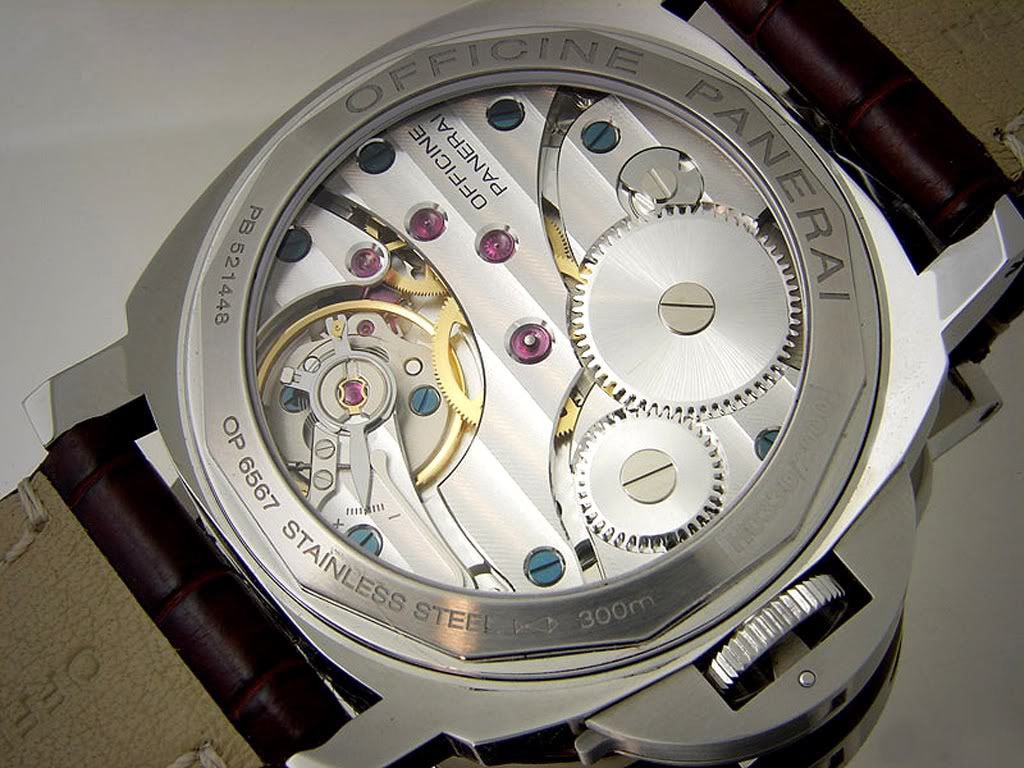
One of the best examples of a watch utilizing the 6497-1 is Tissot’s T-Complication Squelette. Tissot reworked the relatively simple, reliable workhorse with unique skeletonization giving the main plate a wheel or turbine motif. Every major component is clearly visible, from the balance wheel and escapement to the mainspring within the barrel, various gears and jewels. As with all watches using either the 6497 or 6498, it’s sizeable at 43mm in diameter, but the movement fills almost the entirety of the case and that expanded canvas provides quite a spectacle. It’s watch anatomy 101.
Most wristwatches using these large ETA calibres have conventional dials, many with exhibition casebacks. The Laco Cuxhaven and Bremerhaven (differentiated by dial colour), for example, have tastefully decorated 6498-1 Elaboré grade movements with Côtes de Genève on the plates and a sunburst pattern on the wheels. It’s not as fancy or sophisticated as Tissot’s offering, but the large size again fills the entirety of the case, enhancing the visual effect. Given that these movements were originally designed for pocket watches, their large, tank-like construction makes them loud and tactile to wind, and you can hear them tick in a quiet room. Owning one of these watches is a unique experience that I highly recommend.
Some companies have outright spliced pocket and wristwatches together, effectively creating both in a single package. Bovet’s “Monsieur Bovet” employs its patented convertible case that allows for a reversible wristwatch, pocket watch and even a small table clock without the need for tools. Simple, hidden push-pieces release the straps for use as a pocket watch, while a hinged bezel props it up as a table clock. The case is suitably large at 43mm in diameter and features Bovet’s in-house, hand-wound calibre 13BM09AI that can power dials on both sides of the watch – two superimposed seconds wheels rotate in opposite directions on the same axis.
Montblanc has some cool hybrids as well, such as the TimeWalker Rally Timer Chronograph. Like the Bovet piece, it can be used in multiple forms – a wristwatch, pocket watch, traditional stopwatch, table clock and car dashboard instrument (via a metal plate attached to a car’s dashboard). A horological Transformer. The watch is huge, even by modern standards, at 50mm in diameter, but the case is made from grade 2 titanium to keep it light on the wrist. The hand-wound calibre MB M16.29 suits this piece well as it’s a modern interpretation of the Minerva 17.29, first developed in the 1920s. It’s still a modern, in-house creation, but really pays homage to the past – a monopusher chronograph with vintage design elements like a column-wheel, horizontal clutch and V-shaped bridge.
This is certainly not an exhaustive list of hybrids but demonstrates the willingness of major brands to experiment with and embrace the pocket watch by fusing design elements into a one-size-fits-all. If you wear a three-piece suit, you have a luxury pocket watch for the vest pocket. Out of town for business? You have an elegant table clock on your hotel desk. And, of course, you always have a wristwatch for all other occasions. Cool stuff.
Final thoughts
Although pocket watches are today relegated to the shadows in the grand scheme of things, they’re surprisingly alive and well, still manufactured by a variety of mainstream brands. Wristwatches dominate, of course, but have their forefather pocket watches to thank. Styles, movements, complications – tourbillons, repeaters, perpetual calendars, etc. – decorations and wild experimentations are all derived from the pocket watch, first developed in the early 1500s. Many wristwatches now seem a world away from the pocketed timekeepers, but all share some common DNA. And when pocket and wristwatches collide, some of the most interesting creations result. The Tissot T-Complication Squelette takes a simple, even pedestrian pocket watch movement and transforms it into horological art, all with an accessible price. Bovet and Montblanc provide the best of both worlds (perhaps they’ll star in the next Transformers movie), while a handful of companies truly preserve the past by resurrecting old pocket watches in the bodies of wristwatches. Modern-day Frankensteins. For many, pocket watches are simply out of sight, out of mind, but if you take a closer look, they’re still with us in so many ways.
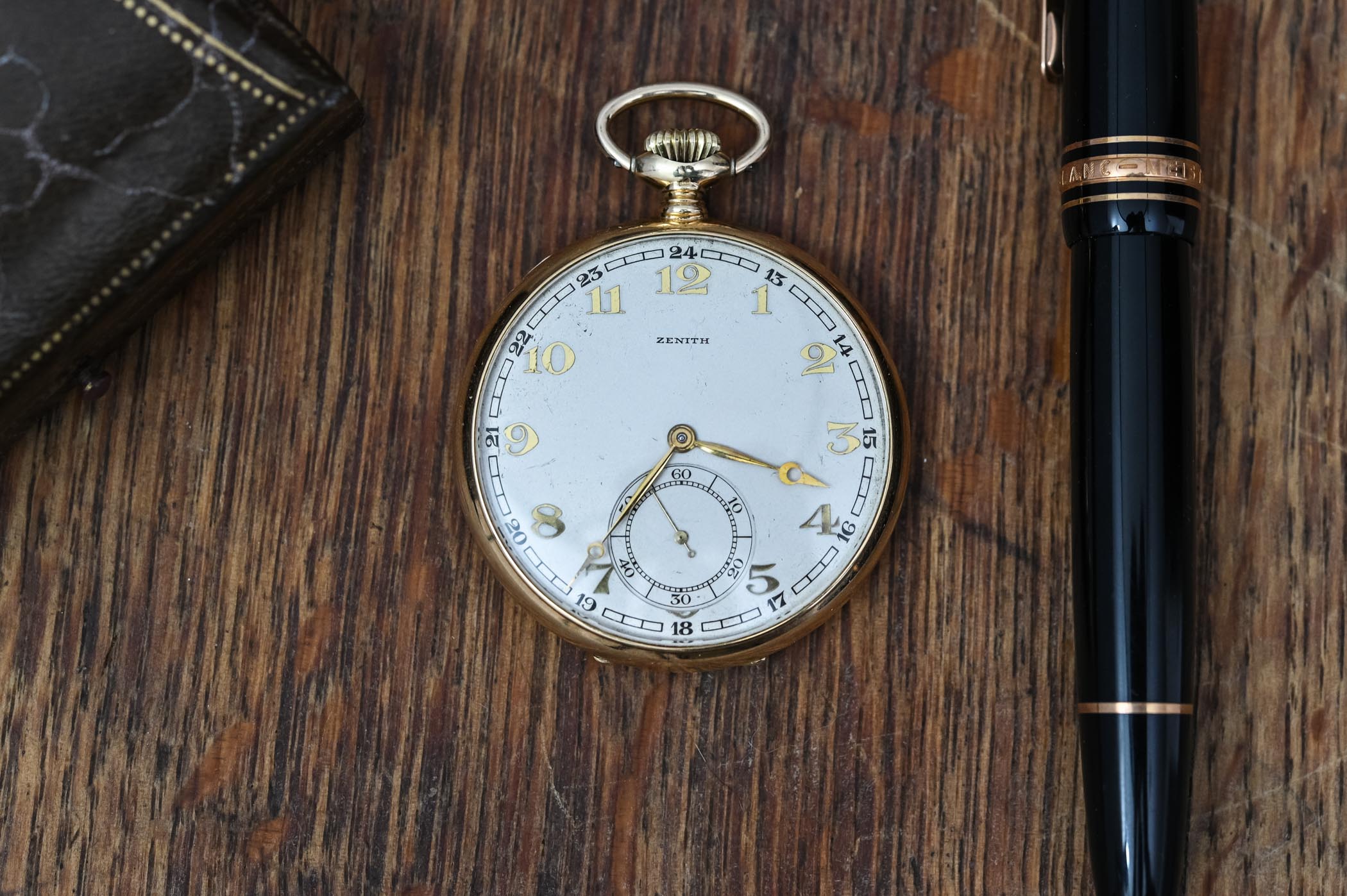
And a quick shout out to Second Time Around Watch Company in Beverly Hills, CA for their assistance.



